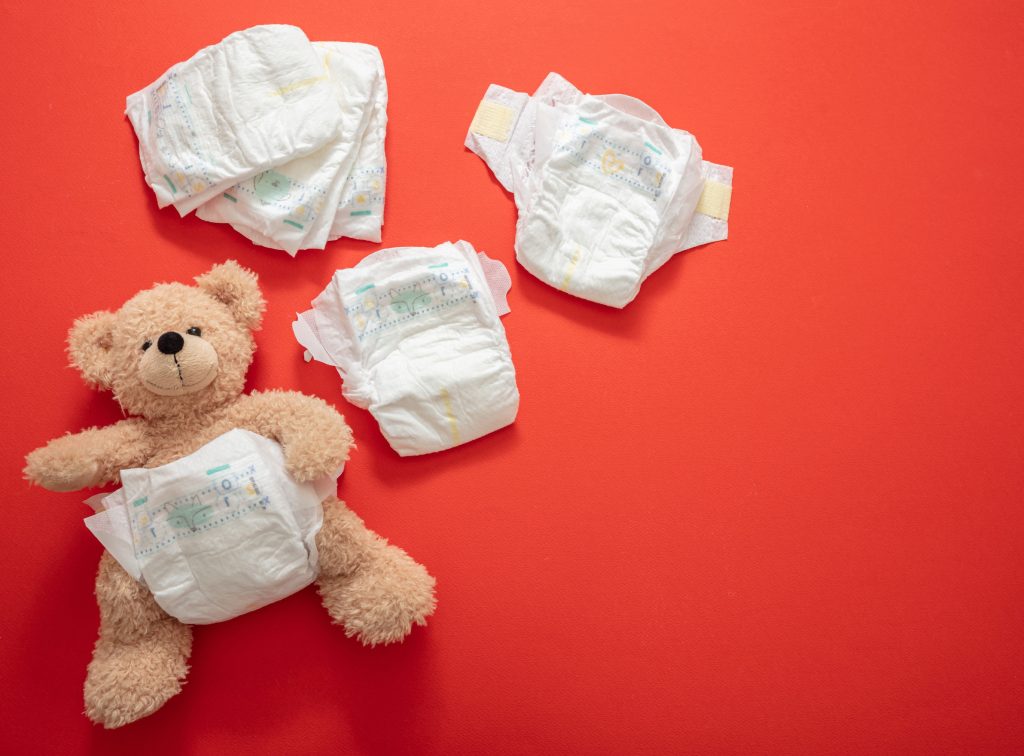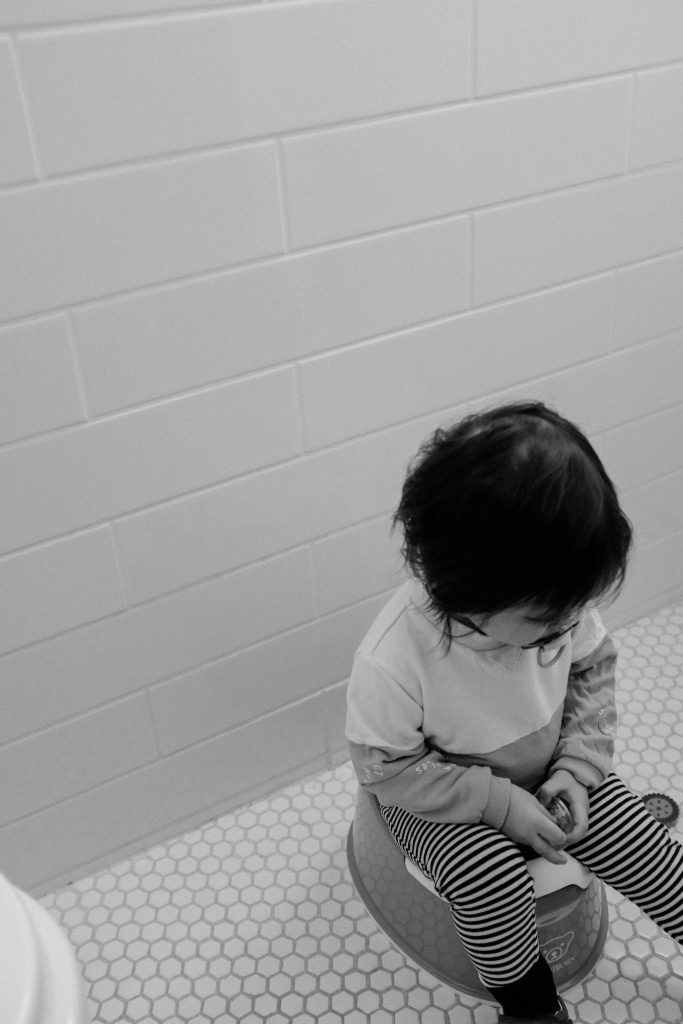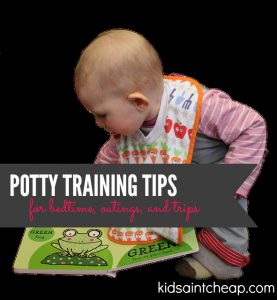
At first glance, pull-ups might look like the perfect bridge between diapers and big-kid underwear. They’re easy to slide on and off, they come in cute designs, and they promise to make potty training just a little bit easier. But many parents eventually ask the same question: Are we just paying more for what’s essentially the same thing as a diaper? If you’ve ever stood in the store comparing the price of pull-ups to regular diapers, you’re not alone. Let’s dive into whether pull-ups are actually helpful, or if they’re just expensive diapers in disguise.
1. Pull-Ups Still Absorb Like Diapers
One of the most common arguments against pull-ups is that they function a lot like traditional diapers. They have absorbent cores, leak guards, and moisture-wicking layers—all the features that make diapers so good at containing messes. While that’s great for overnight protection, it may also delay the potty training process. When kids can’t feel wetness, they may not make the connection between needing to go and actually going. So yes, in terms of absorption, many pull-ups are just expensive diapers dressed up with a waistband.
2. The Convenience Comes at a Cost
Parents love pull-ups because kids can pull them down on their own during potty breaks, fostering independence. But that convenience carries a price tag—pull-ups often cost more per unit than regular diapers. And since they’re not usually sold in giant bulk boxes, you may find yourself spending more for fewer pieces. For budget-conscious families, this adds up fast. It’s fair to wonder whether the convenience is worth the cost when you’re essentially buying expensive diapers with side seams.
3. Not All Pull-Ups Are Created Equal
Some training pants are specifically designed with potty training in mind. These may include wetness indicators, “feel cool” liners to signal accidents, or fade-away graphics to encourage dry time. Others, though, are virtually indistinguishable from a diaper aside from the stretchy waistband. That means the value really depends on the brand and your child’s stage in the potty training journey. If the product isn’t offering new benefits, then yes, you’re likely just shelling out for expensive diapers with a different name.
4. They Can Lead to Mixed Signals
When children wear pull-ups all the time—especially overnight or during outings—they might get confused about when it’s okay to use the potty. Some kids begin to treat pull-ups like diapers, especially when they realize there’s no consequence for wetting them. This can slow down the potty training process, even though the original goal was to encourage it. Pull-ups can be helpful tools, but they can also become crutches. If they’re not being used intentionally, they may just be expensive diapers prolonging the transition.
5. Alternatives May Work Just as Well
Parents looking for ways to speed up potty training and save money sometimes ditch pull-ups altogether. Cloth training pants, waterproof covers, or just going straight to underwear at home can be surprisingly effective. Yes, it’s messier in the short term, but some children potty train faster without the false security of something that feels like a diaper. If the goal is to cut costs and encourage faster independence, alternatives may actually work better. That’s a big deal when you’re comparing options to expensive diapers that don’t always deliver faster results.
You Don’t Need to Pick a Side—Just a Strategy
Pull-ups aren’t inherently bad, and they’re not a waste for every child. For some kids, especially those who need nighttime protection or are nervous about accidents, training pants can be a helpful tool. But for others, they may just be expensive diapers that delay the transition to real underwear. The key is being clear about how and when you use them—whether it’s only for sleep, long car rides, or that tricky first week of training. With a little planning, you can decide if the convenience justifies the cost for your family.
Have you used pull-ups during potty training, or skipped them altogether? Share your experience and tips in the comments—we’d love to hear what worked for your family!
Read More:
4 Diaper Brands That Are Nothing More Than Elevated Paper Towels
8 Expensive Things Parents Buy That Kids Don’t Even Care About
Catherine is a tech-savvy writer who has focused on the personal finance space for more than eight years. She has a Bachelor’s in Information Technology and enjoys showcasing how tech can simplify everyday personal finance tasks like budgeting, spending tracking, and planning for the future. Additionally, she’s explored the ins and outs of the world of side hustles and loves to share what she’s learned along the way. When she’s not working, you can find her relaxing at home in the Pacific Northwest with her two cats or enjoying a cup of coffee at her neighborhood cafe.



